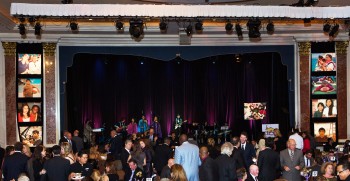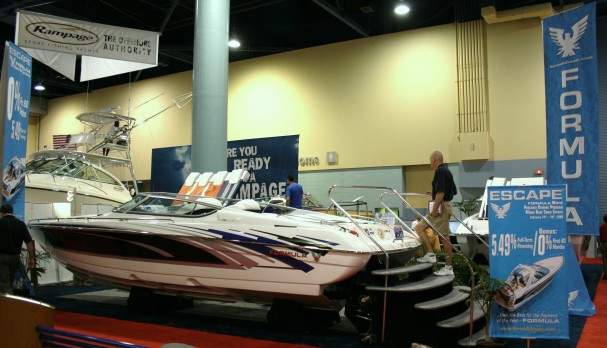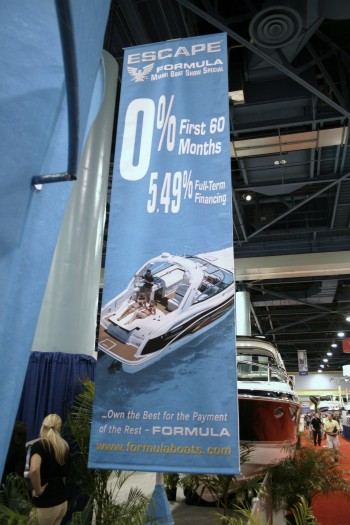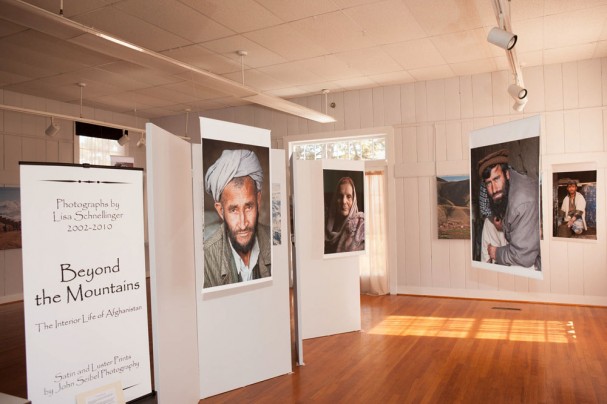
Lisa Schnellinger is a globetrotting journalist and photographer whose engagement in Afghanistan goes far beyond the scope of her work. Schnellinger has become involved in the rebuilding of Afghanistan, founding the Pajhwok Afghan News agency and raising funds to build a girls’ school.
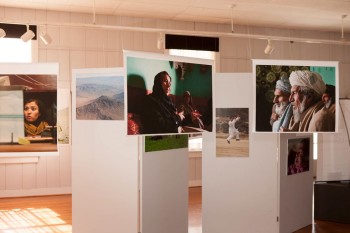 Schnellinger wanted to tell the story of Afghanistan through photography using an interactive art exhibition as the means to do so. Having seen other exhibitions printed on a silk material, Schnellinger turned to fellow Georgia photographer John Seibel, owner of John Seibel Photography in Dawsonville, Ga.
Schnellinger wanted to tell the story of Afghanistan through photography using an interactive art exhibition as the means to do so. Having seen other exhibitions printed on a silk material, Schnellinger turned to fellow Georgia photographer John Seibel, owner of John Seibel Photography in Dawsonville, Ga.
“I did some regular prints for her prior to this project. I was fascinated with her new project. Lisa told me that for the past ten years she’s had a vision of a show telling the story of the people of Afghanistan from a non-political point of view. She knew I had an Epson 7900 printer and wanted to know if I could print it on silk,” explains Seibel. “I did a lot of research, including at LexJet, and they suggested LexJet Water-Resistant Satin Cloth. One of the nice things about LexJet is that they guarantee satisfaction: if it doesn’t work for your purposes and you send it back within 30 days it’s no harm, no foul. I had never printed on a fabric before, so that was good to know.”
Once the primary print material for the show was chosen, Schnellinger and Seibel worked together to narrow the images down from 100-150 to the 20 or so that would be printed for the exhibition, called Beyond the Mountains: The Interior Life of Afghanistan.
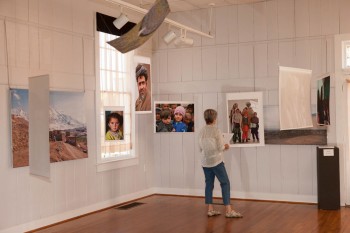 “The goal was to have them produced near life-size and floating in the room so that when people walked through they felt like they were interacting with the people she photographed in Afghanistan,” says Seibel. “We did some test prints on regular luster paper and then strips on the Water-Resistant Satin Cloth. Once we felt like we had the profile and adjustments right, we began printing. LexJet does a great job of producing profiles for their materials, and the profile for the Water-Resistant Satin Cloth was right on the money for my Epson 7900.”
“The goal was to have them produced near life-size and floating in the room so that when people walked through they felt like they were interacting with the people she photographed in Afghanistan,” says Seibel. “We did some test prints on regular luster paper and then strips on the Water-Resistant Satin Cloth. Once we felt like we had the profile and adjustments right, we began printing. LexJet does a great job of producing profiles for their materials, and the profile for the Water-Resistant Satin Cloth was right on the money for my Epson 7900.”
Schellinger designed the layout for the exhibition, which included an audio tour. Attendees could grab an mp3 player with an audio track Schellinger narrated that provided background and stories about the images featured at the exhibition. The combination of hanging fabric tapestries and the audio tour created a dynamic, flowing, interactive and three-dimensional experience.
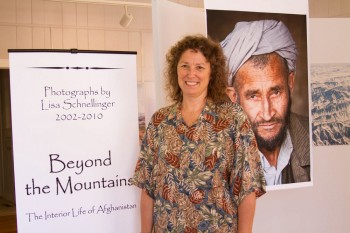
“The color resolution on the fabric prints came out very nice. You could lay it on the table and it looked good, but it didn’t blow you away until you hung it up in the room and then had the light interacting with the prints,” says Seibel. “I’ve done other prints with Water-Resistant Satin Cloth, including an early morning marina scene. I have it lit from behind and all the light areas in the print just glow. It’s a fantastic medium to print this type of project on. That’s one thing that LexJet does for us; they give us great advice on what products to use for what type project. I’d also like to try LEDs behind it to create the glow artificially.”

